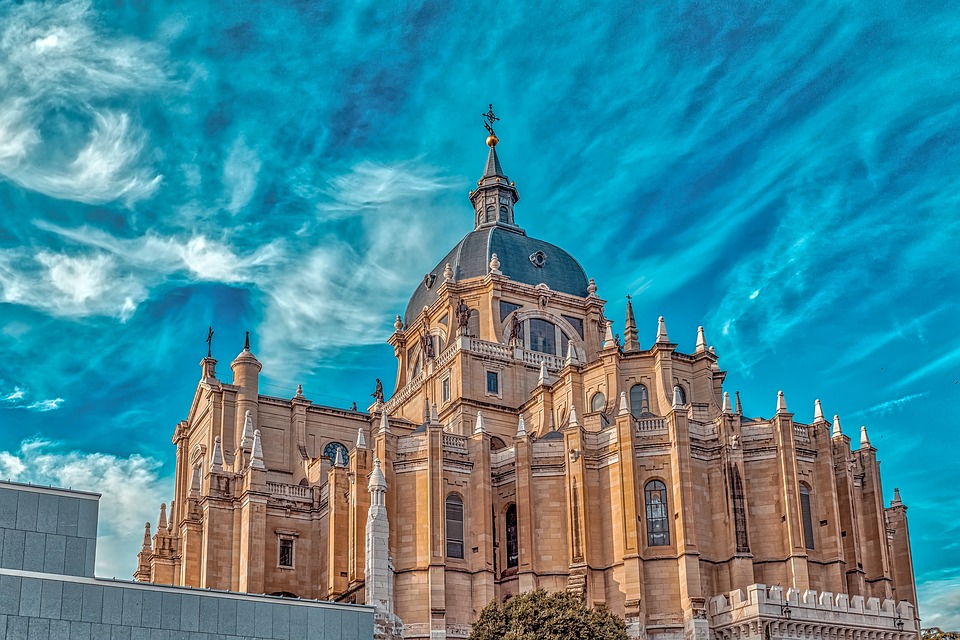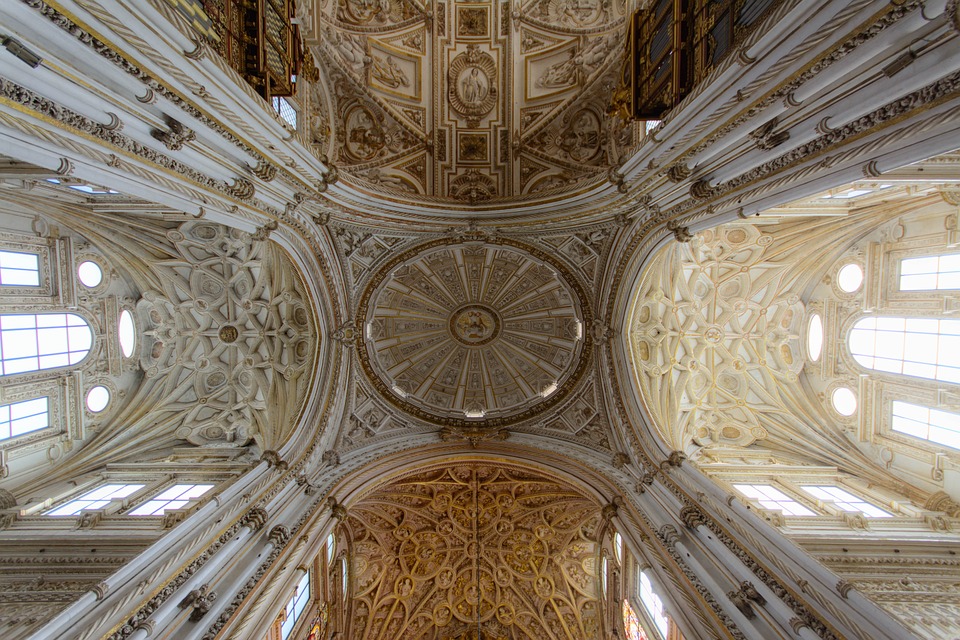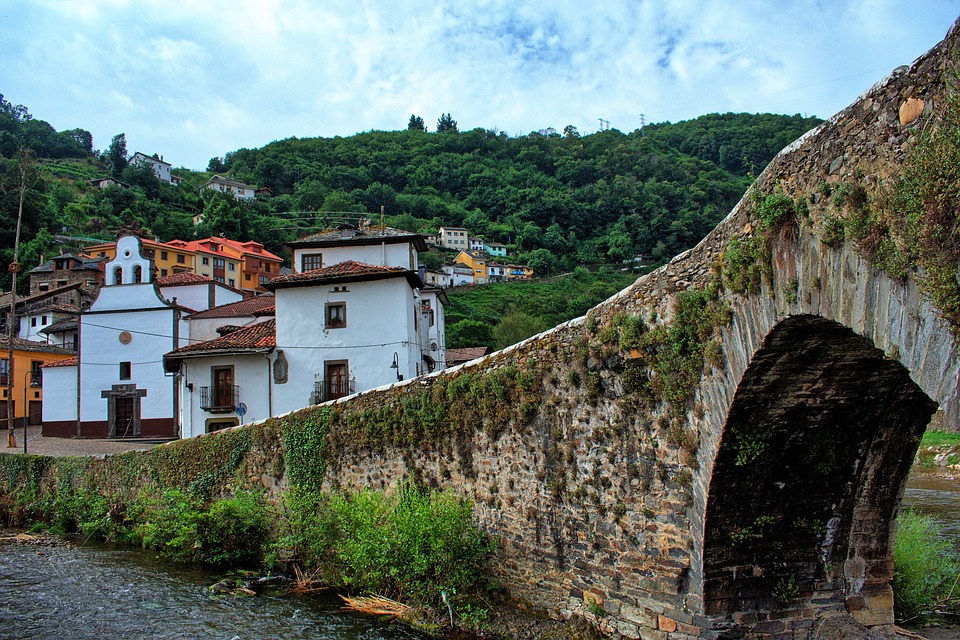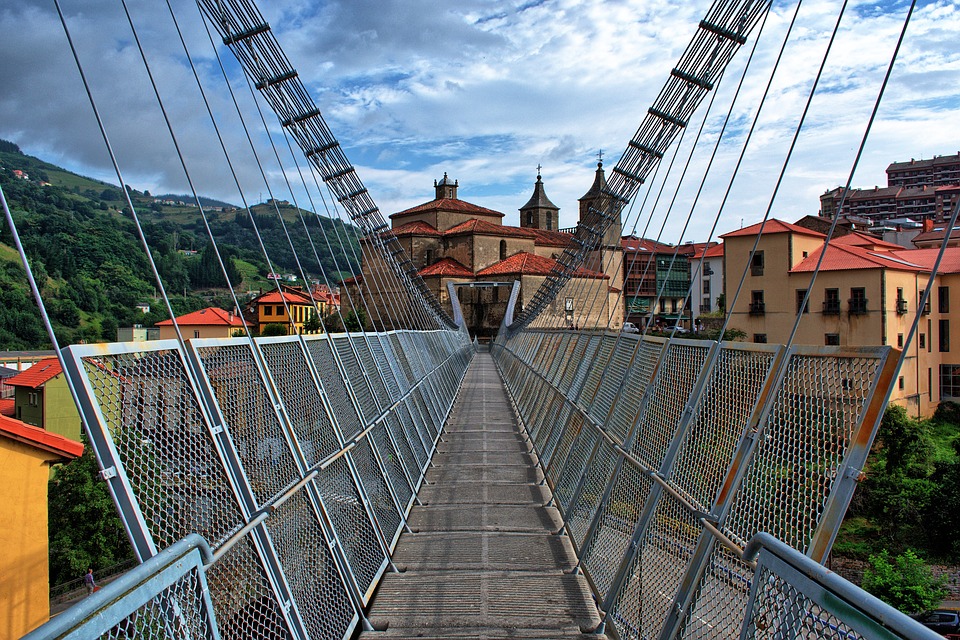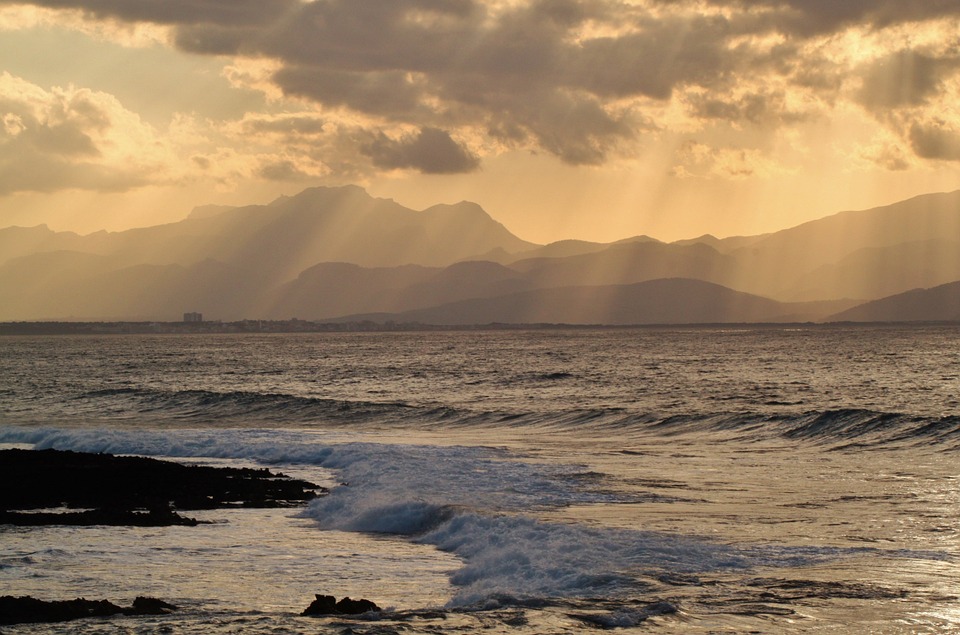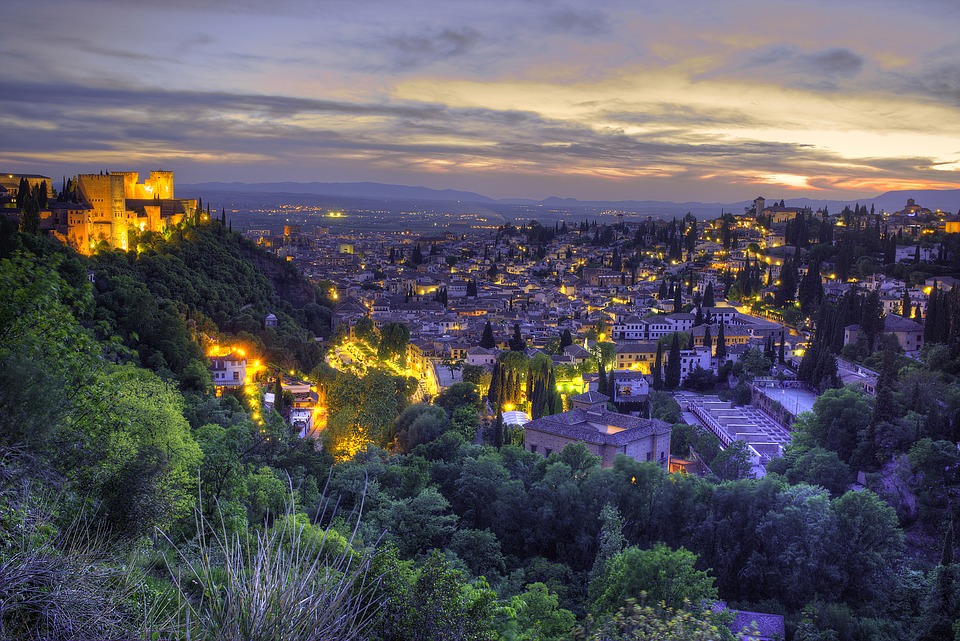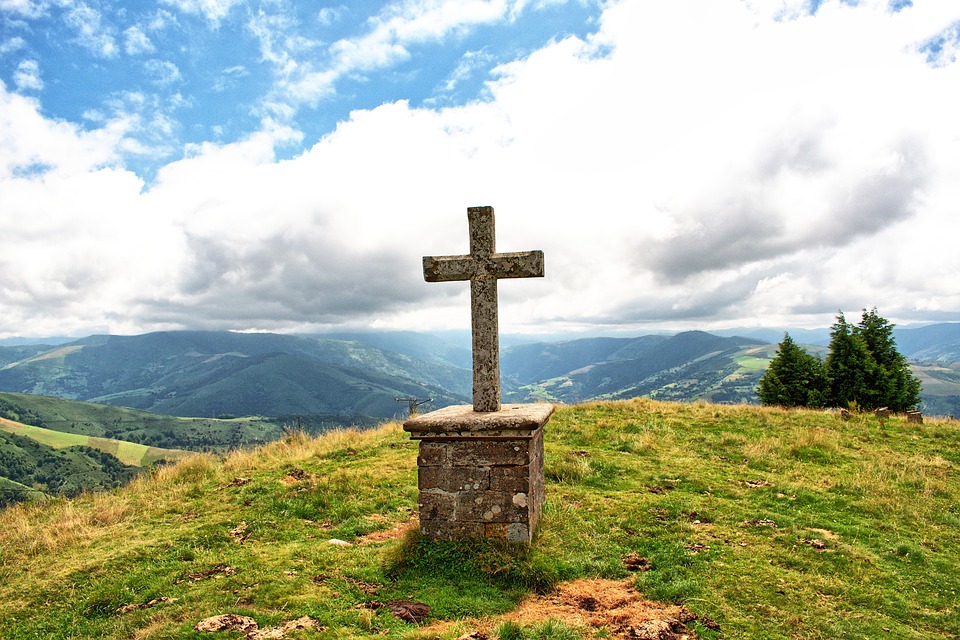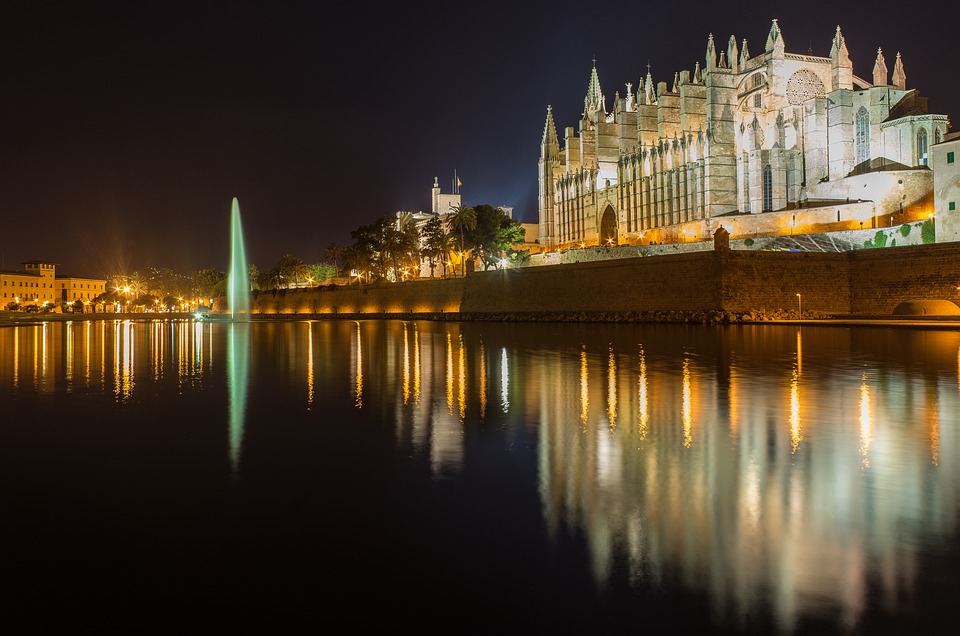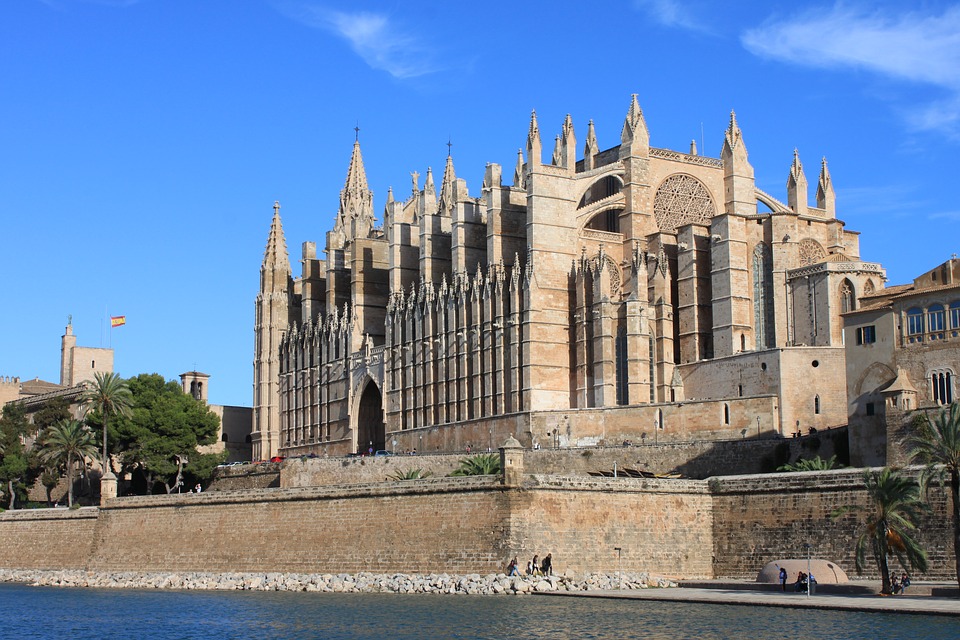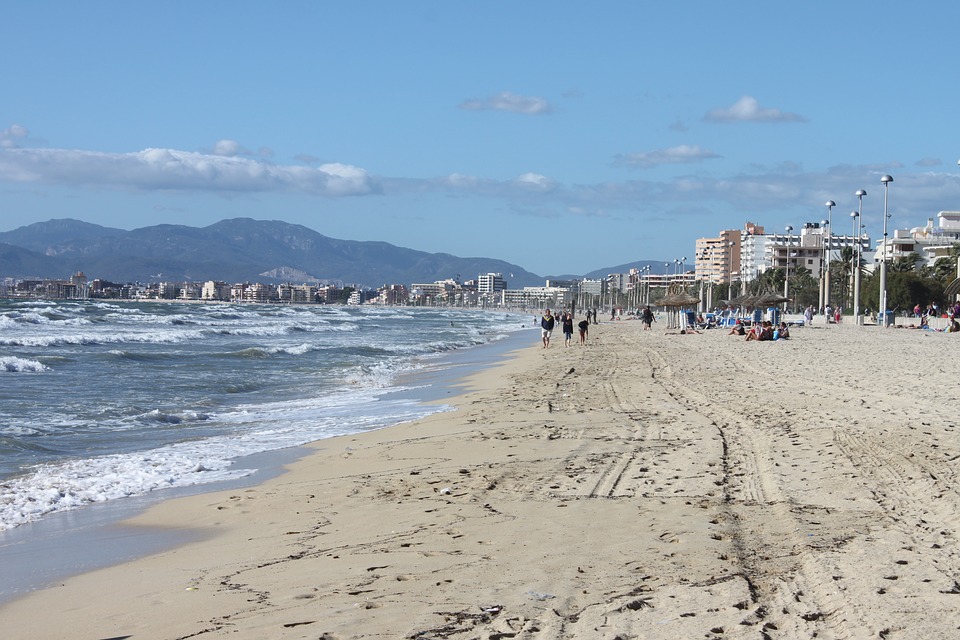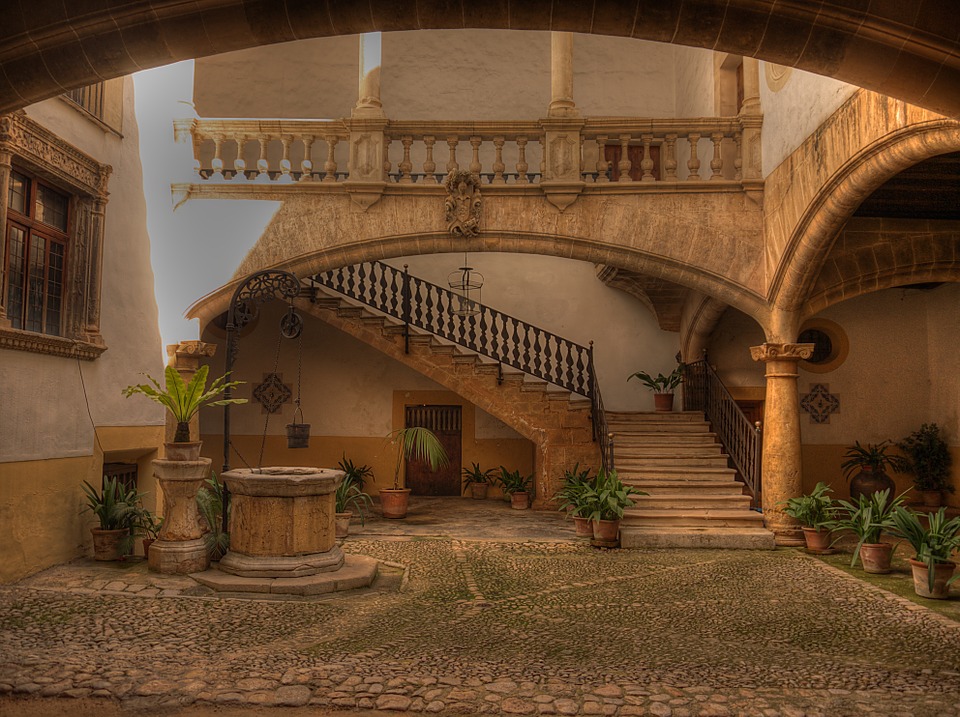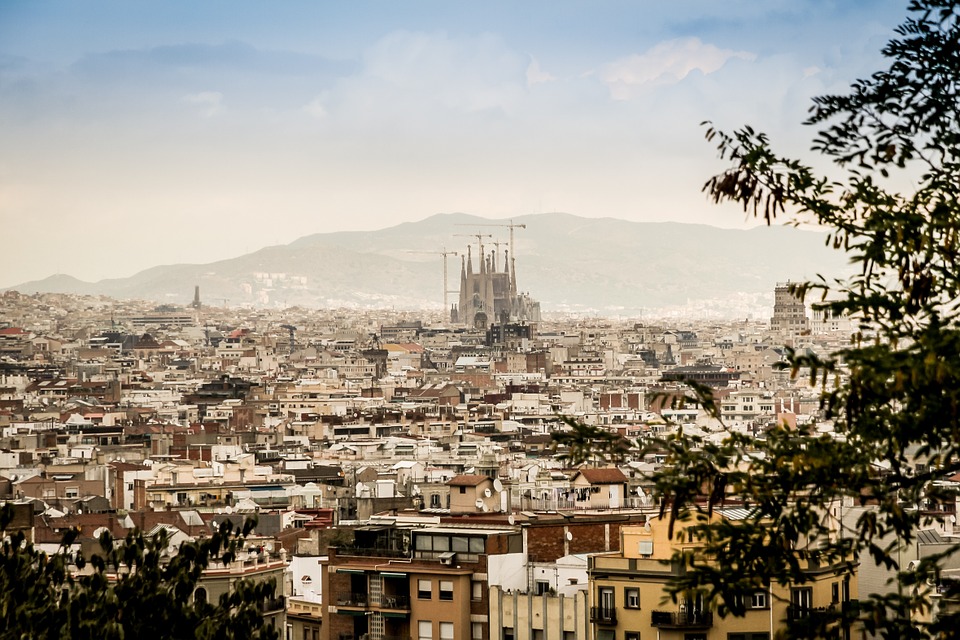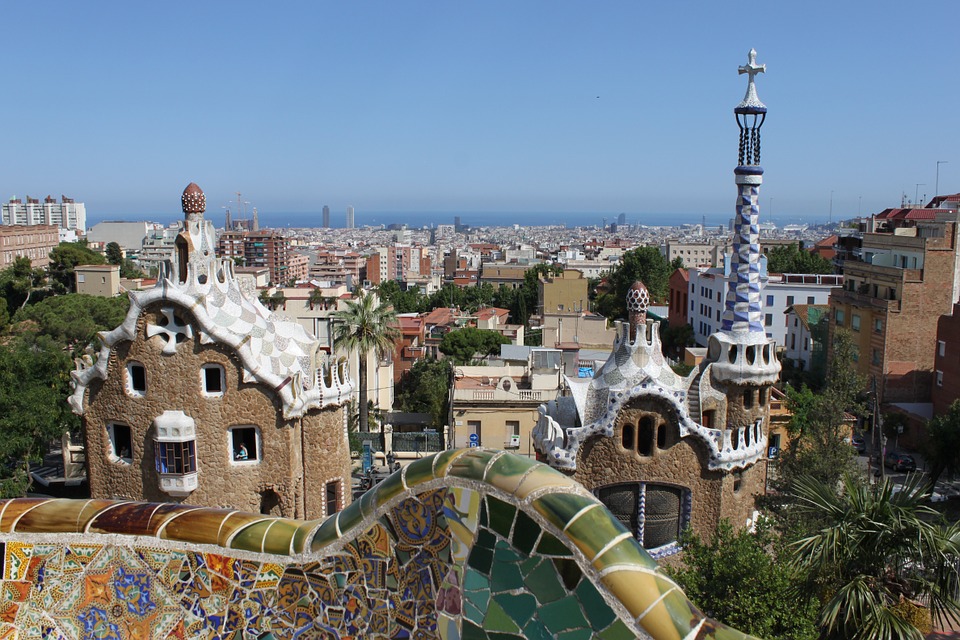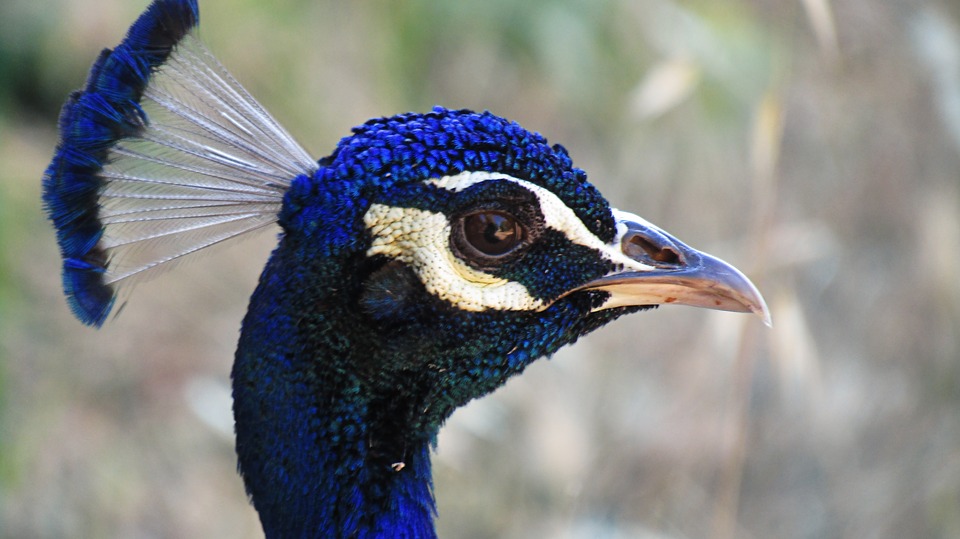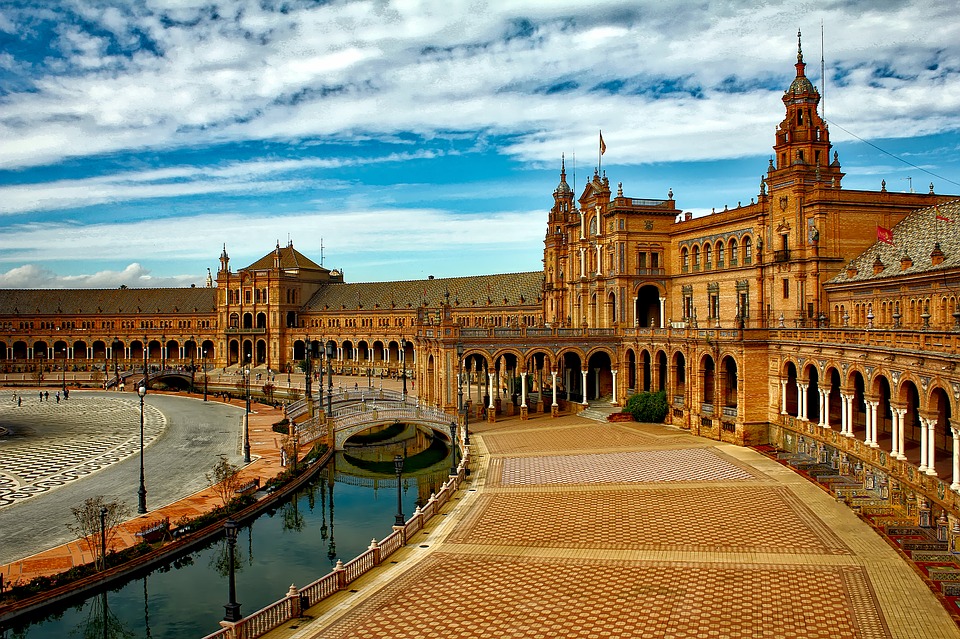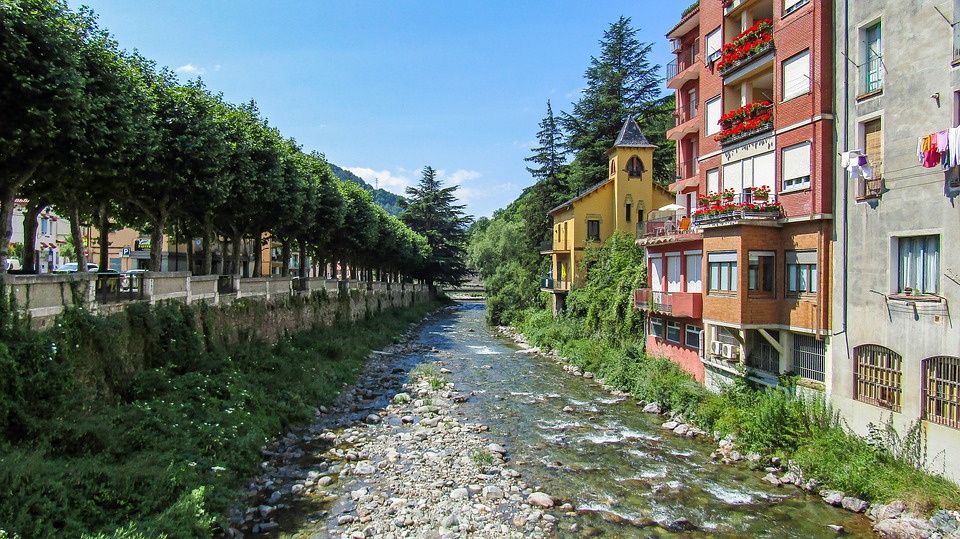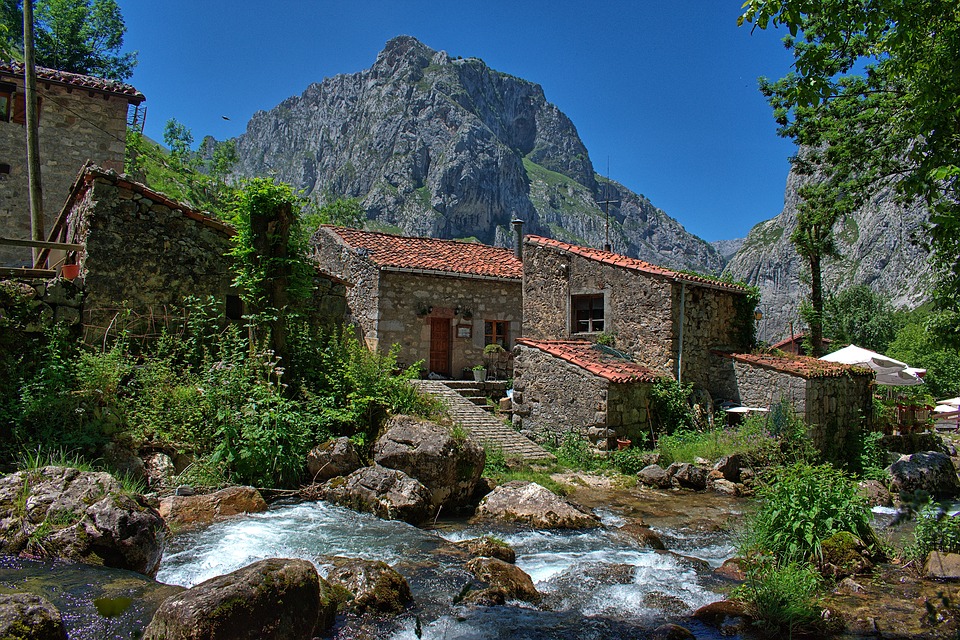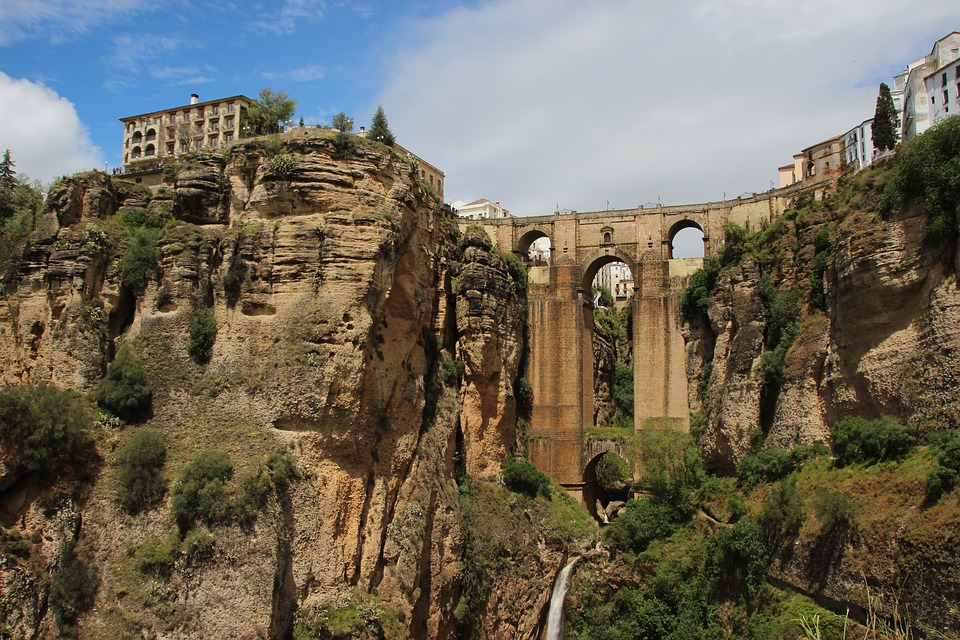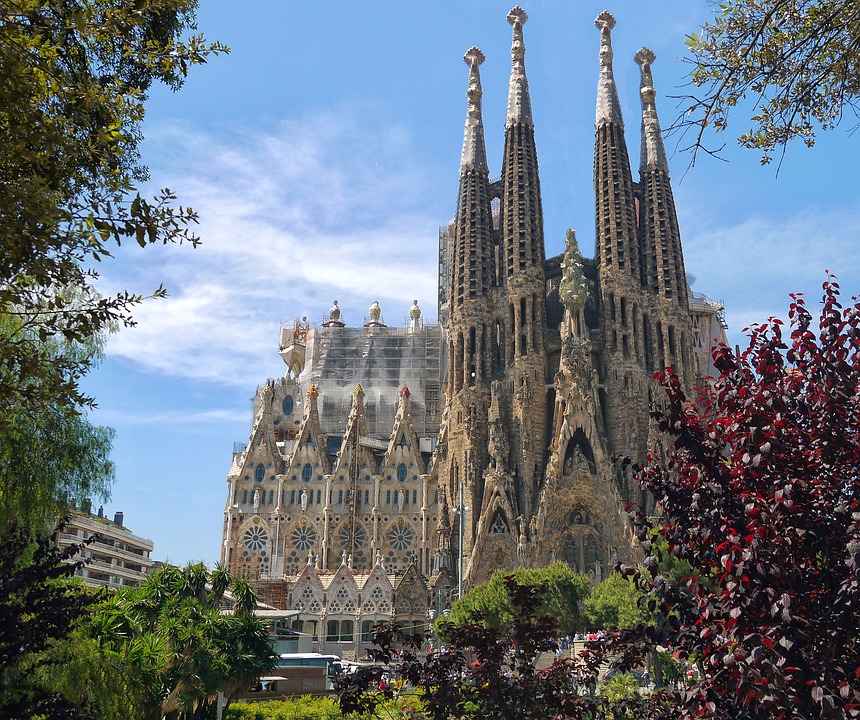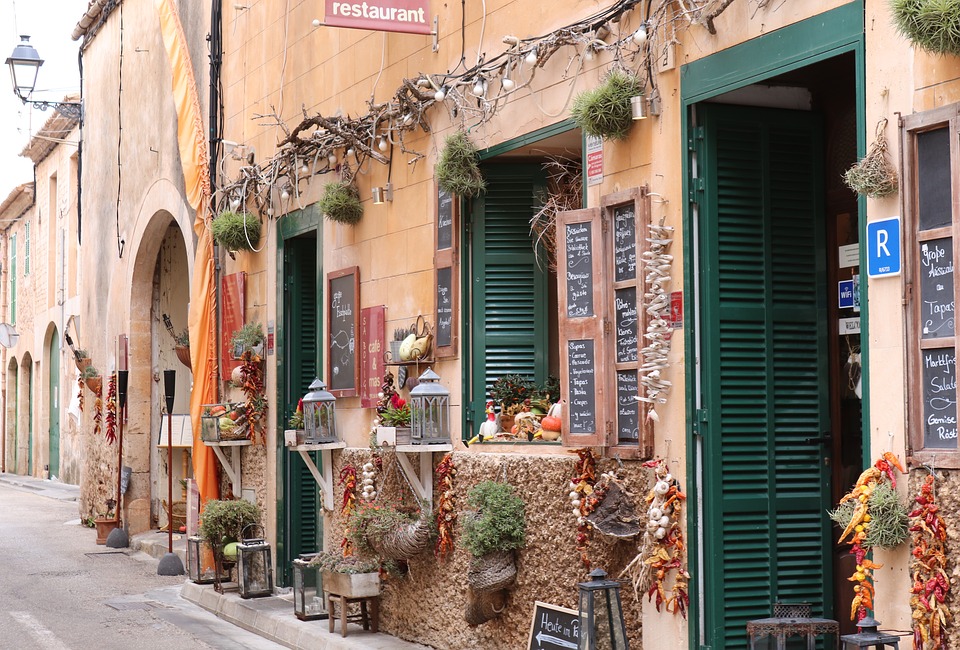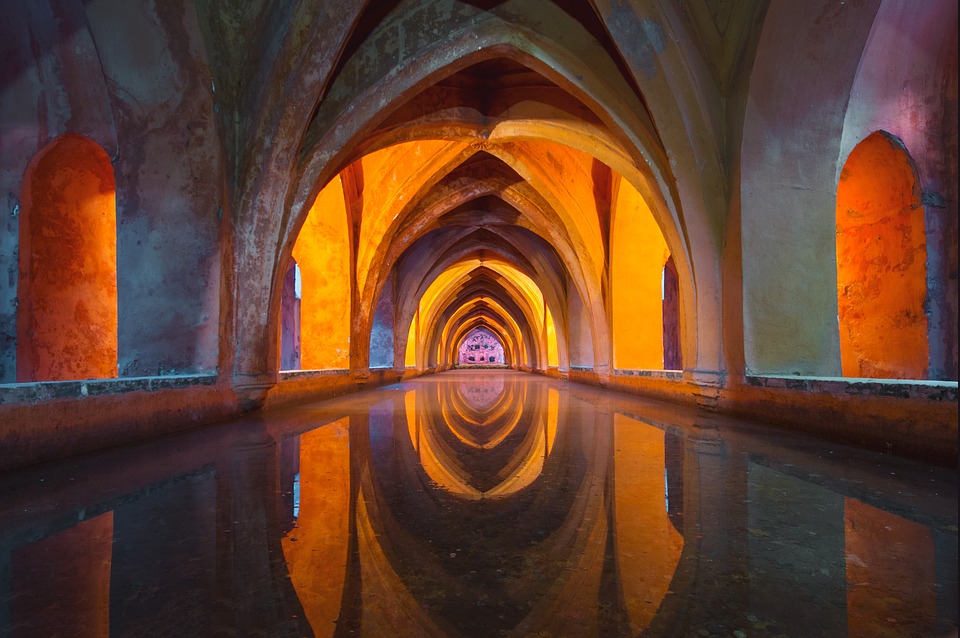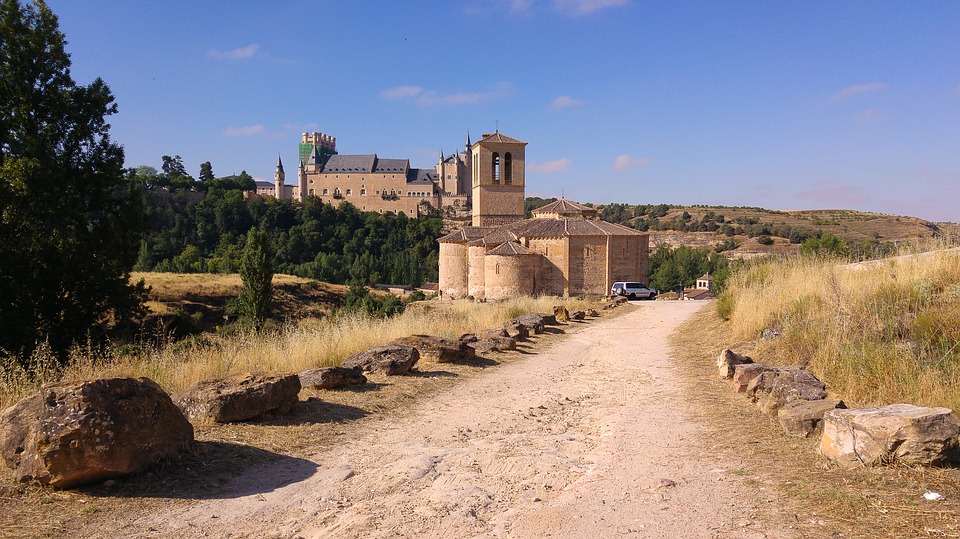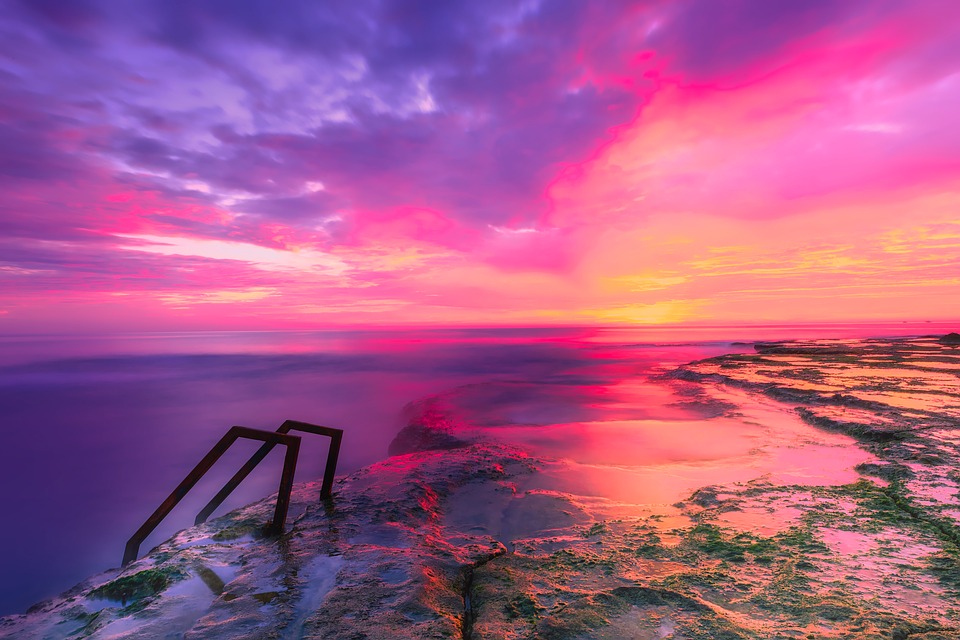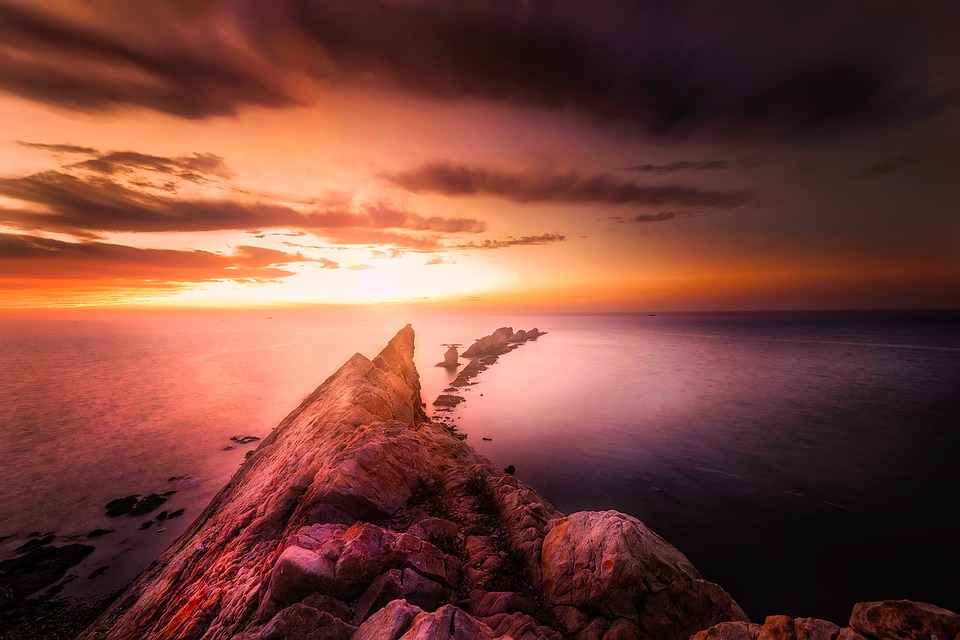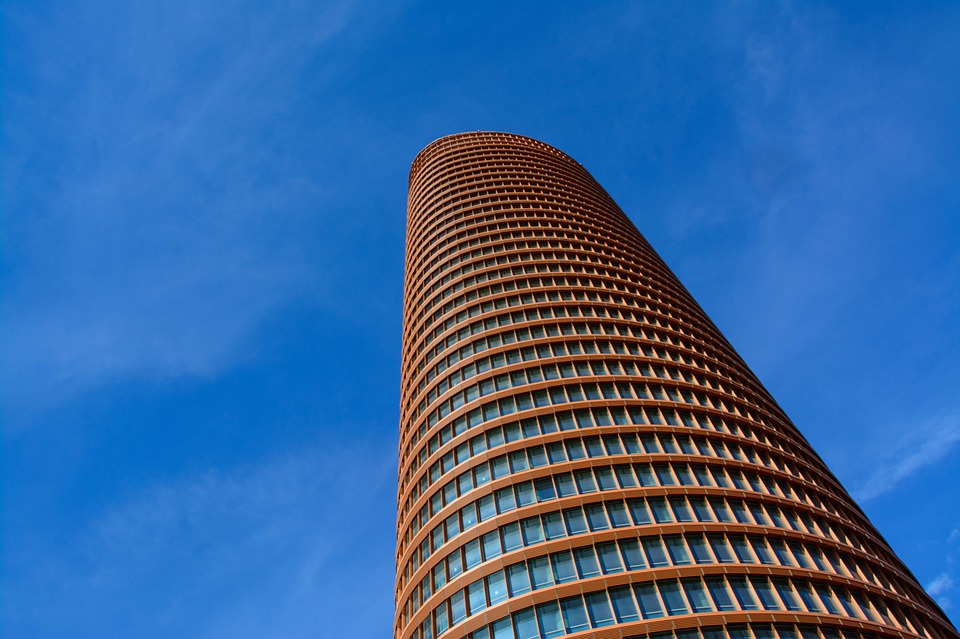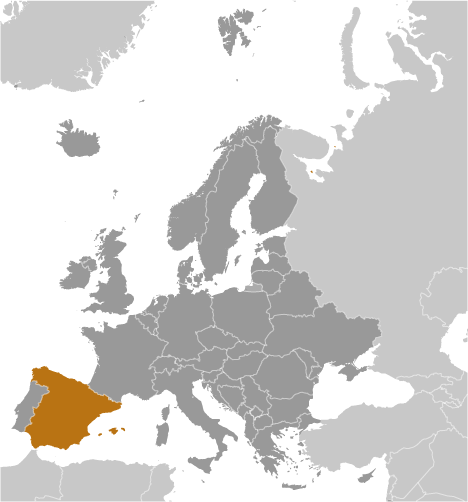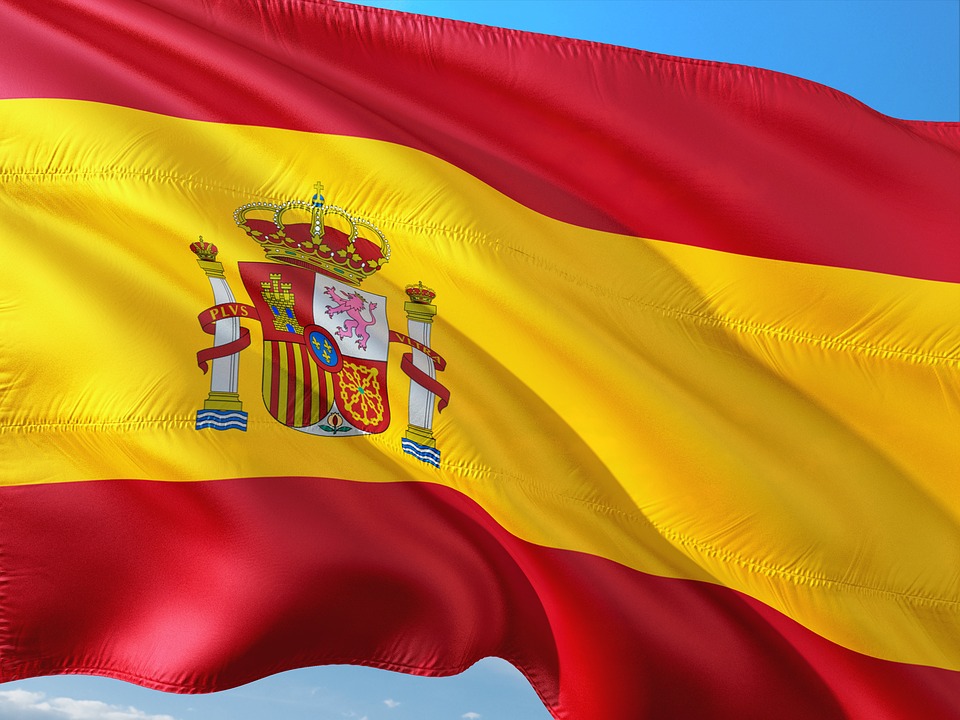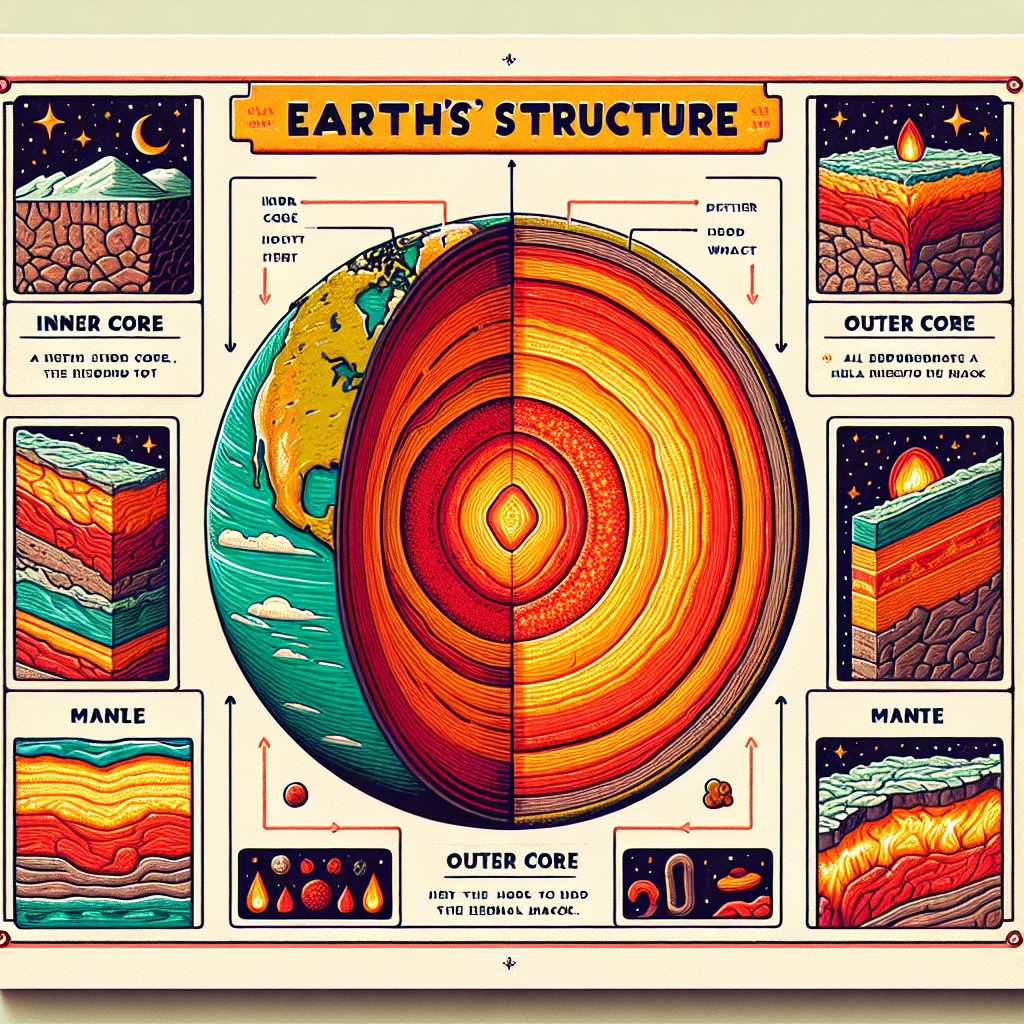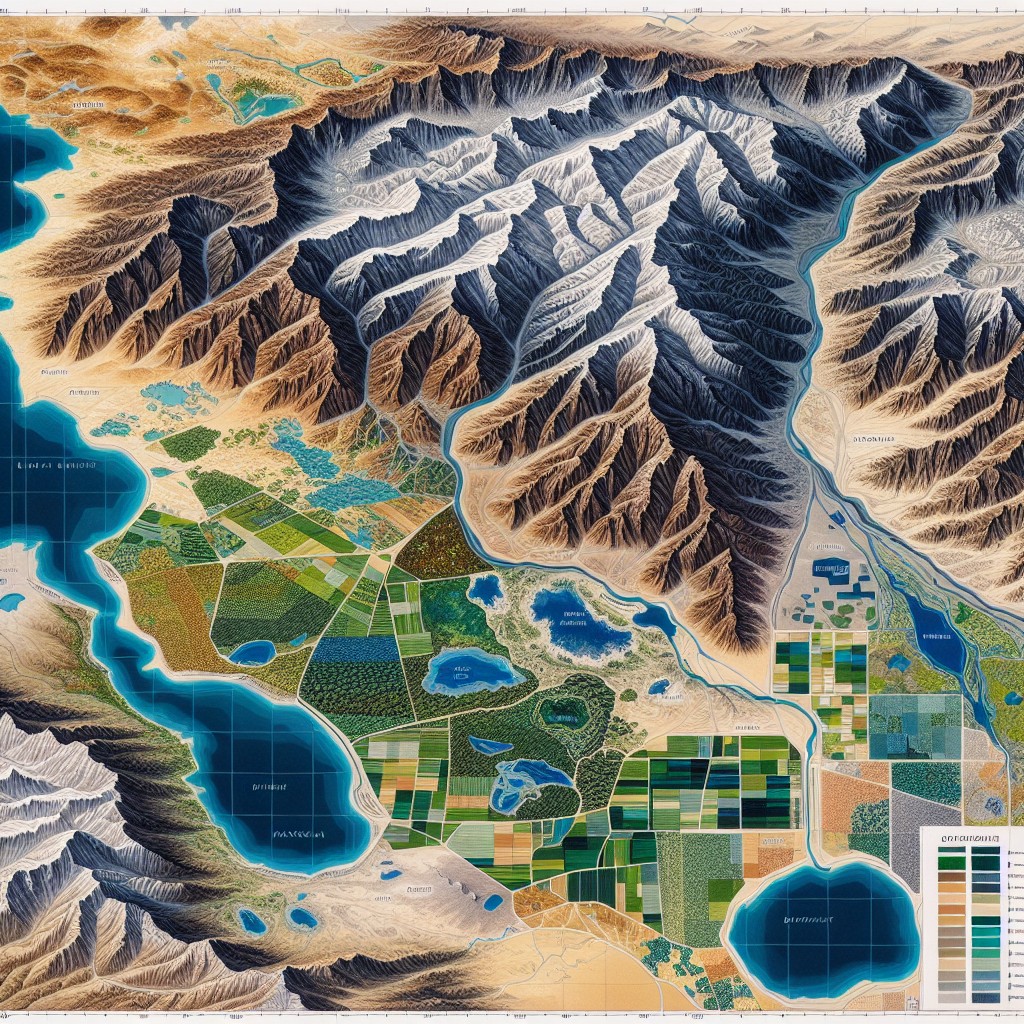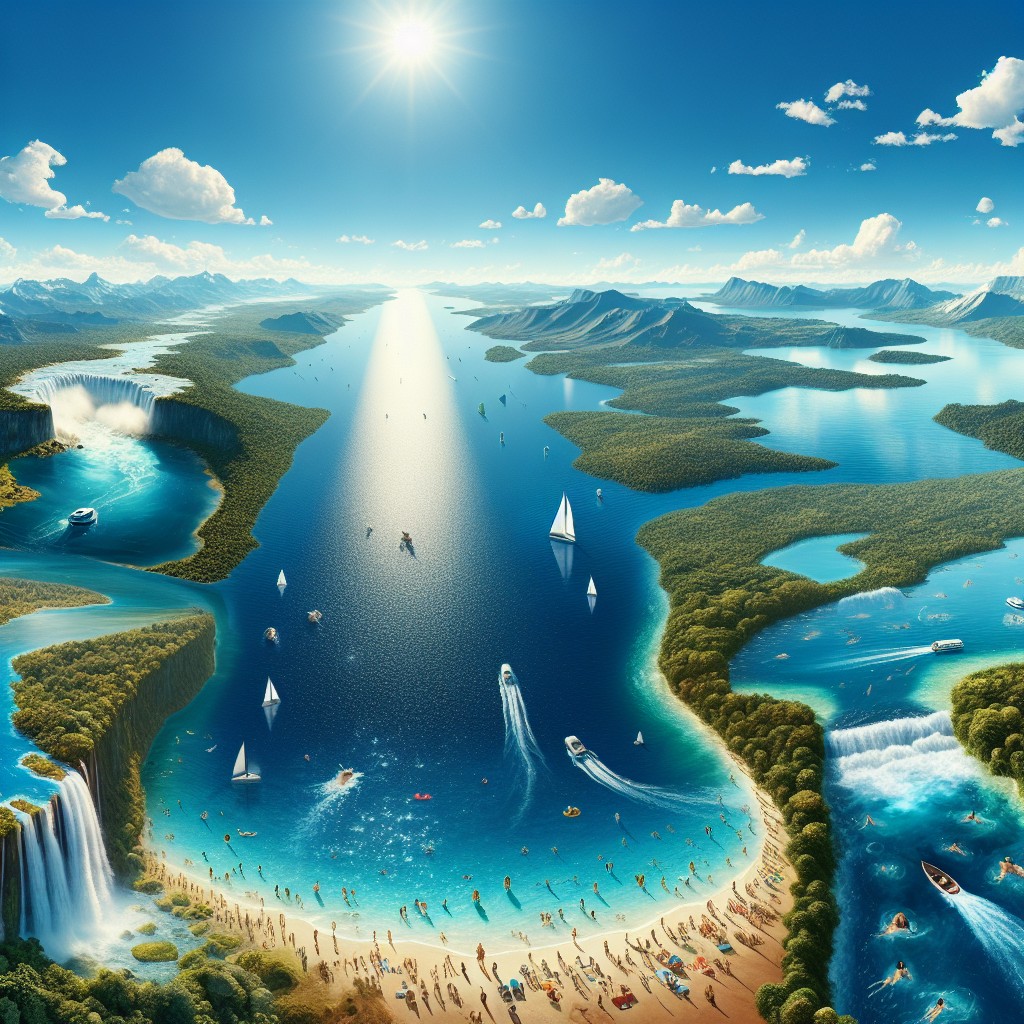Spain
(Reino de España (Kingdom of Spain))

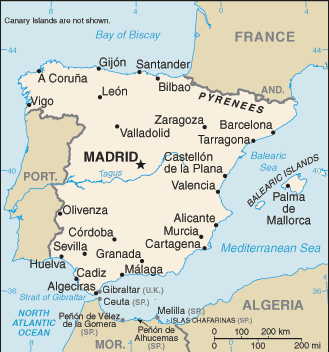
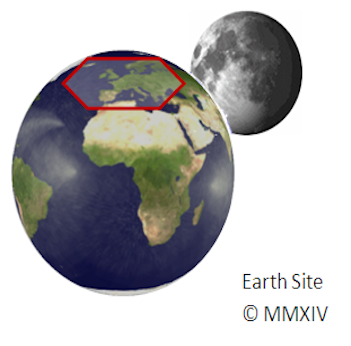
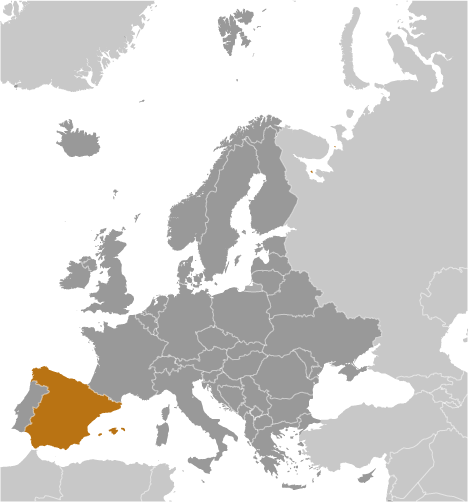
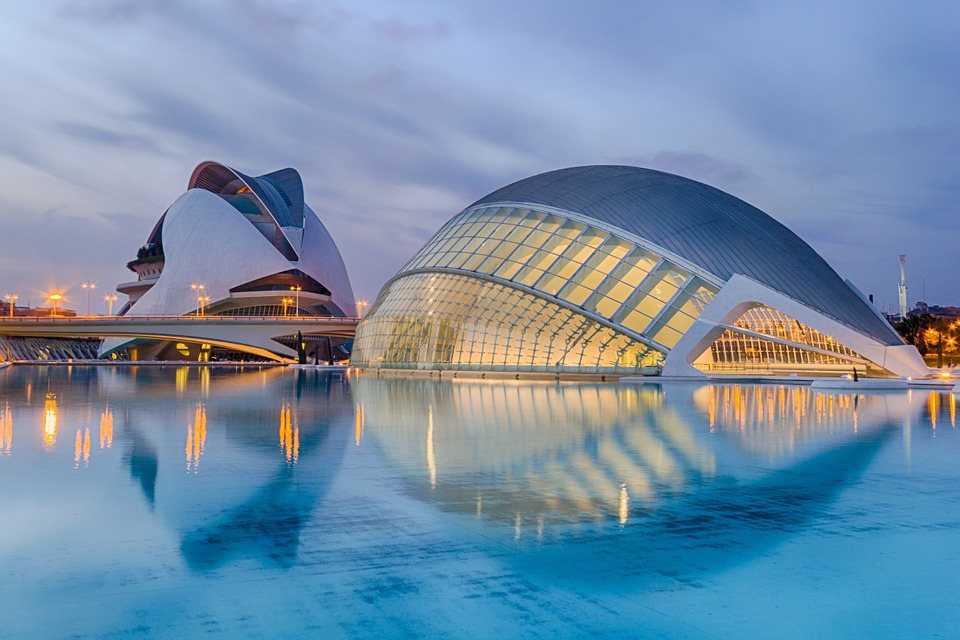
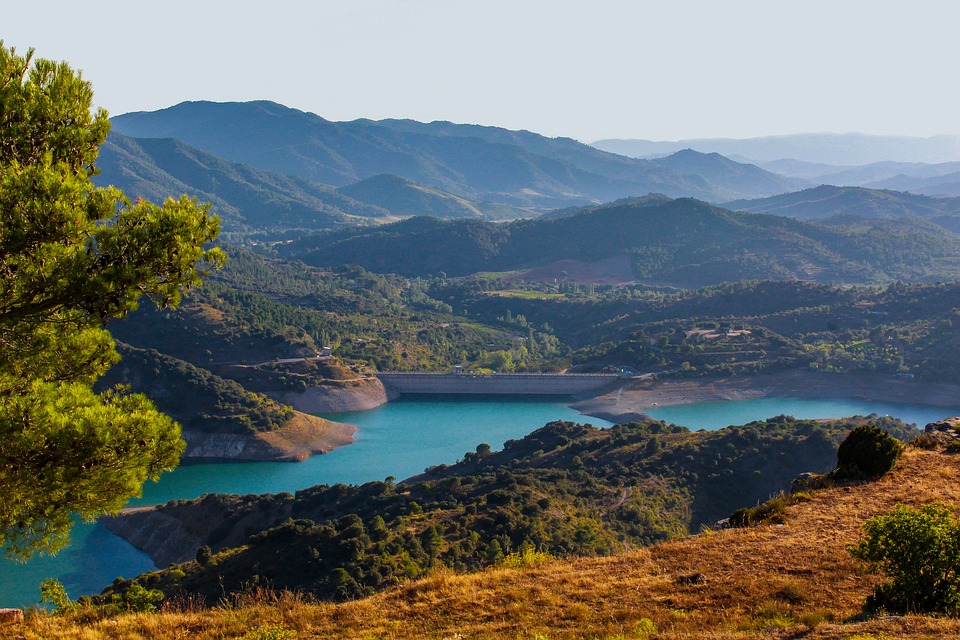

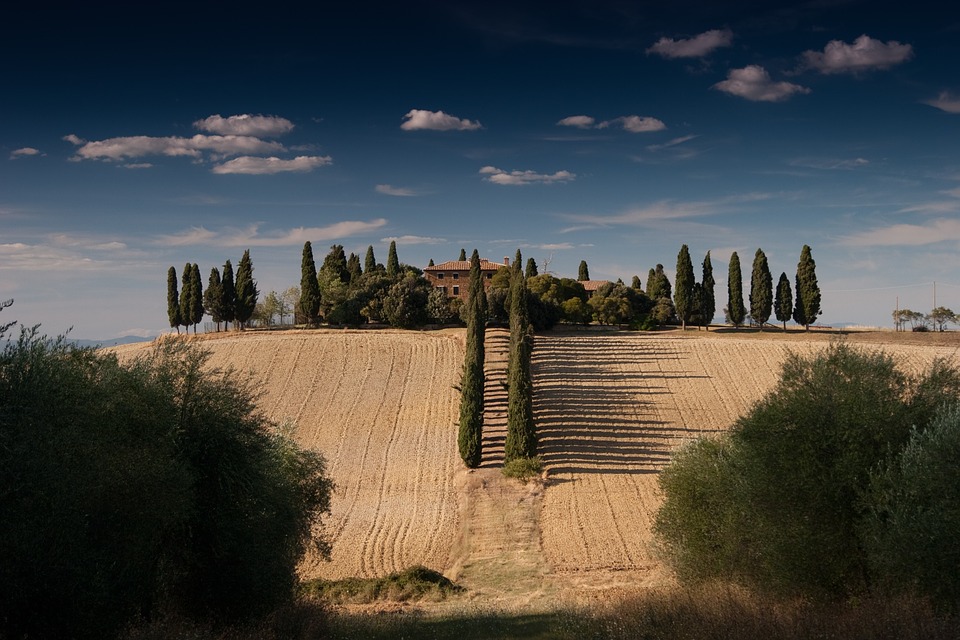
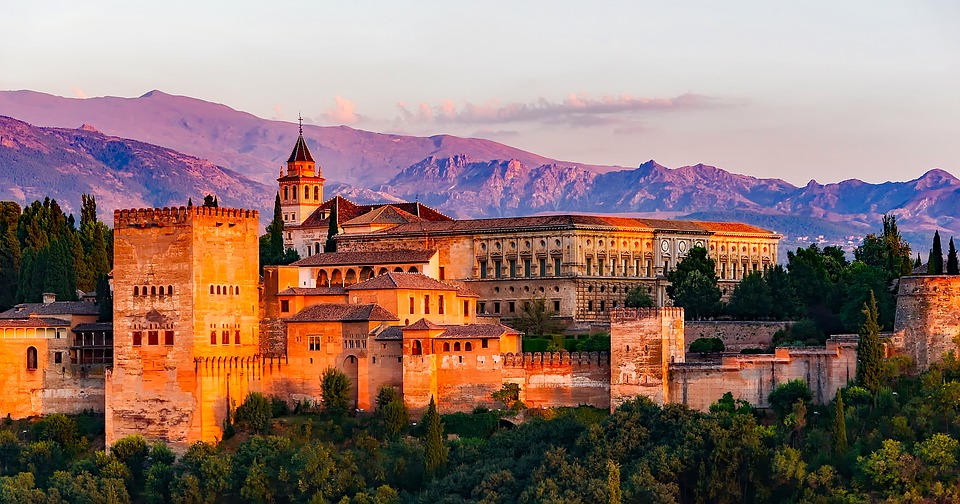
Capital of Spain: Madrid
Population (Estimated July 2012): 47,042,984
Area: 505,991km2 or 195,364mi2
Currency: Euro (€)
Official Language: Castilian Spanish
Political Information: Parliamentary Monarchy
Official Religion: No Official Religion
(approximately 94% of the population is Roman Catholic and 6% have other religious beliefs)
Highest Mountain: Pico de Teide (in the Canary Islands) at 3,718m or 12,
GDP Official Exchange Rate (OER is more precise at gauging a countries economic power)
(Estimated 2011): $1.494 trillion (US$) or (GBP)
GDP (OER) Per Capita (per member of the population estimated 2011): (US$) or (GBP)
GDP Purchasing Power Parity (PPP is good for gauging living conditions and use of resources but not as accurate as OER. This data has been calculated based on the sum value of all goods and services produced in the country valued at prices prevailing in the United States)
(Estimated 2011): $1.432 trillion (US$) or (GBP)
GDP (PPP) Per Capita (per member of the population estimated 2011): $31,000 (US$) or (GBP)
Time Zone (GMT/UTC): GMT
Counties/Provinces/States: 17 autonomous communities (comunidades autonomas, singular – comunidad autonoma) and 2 autonomous cities* (ciudades autonomas, singular – ciudad autonoma); Andalucia, Aragon, Asturias, Baleares (Balearic Islands), Ceuta*, Canarias (Canary Islands), Cantabria, Castilla-La Mancha, Castilla y Leon, Cataluna (Catalonia), Comunidad Valenciana (Valencian Community), Extremadura, Galicia, La Rioja, Madrid, Melilla*, Murcia, Navarra, Pais Vasco (Basque Country)
Leaders: King FELIPE VI (since 19 June 2014); Heir Apparent Princess LEONOR, Princess of Asturias, daughter of the monarch (born 31 October 2005) with President (Prime Minister) Mariano Rajoy.
Sources: CIA World Fact Book, Encyclopaedia Britannica.
No Results Found
The page you requested could not be found. Try refining your search, or use the navigation above to locate the post.
